Hair Restoration Surgery at the Canadian Hair Transplant Centre are led by Dr. Anil Sharma, MD and his expert team, following International Society of Hair Restoration Surgery protocols. Both FUE and FUT techniques are available based on individual candidacy assessment.
Formerly The Sharma Clinic – New name, same expert care
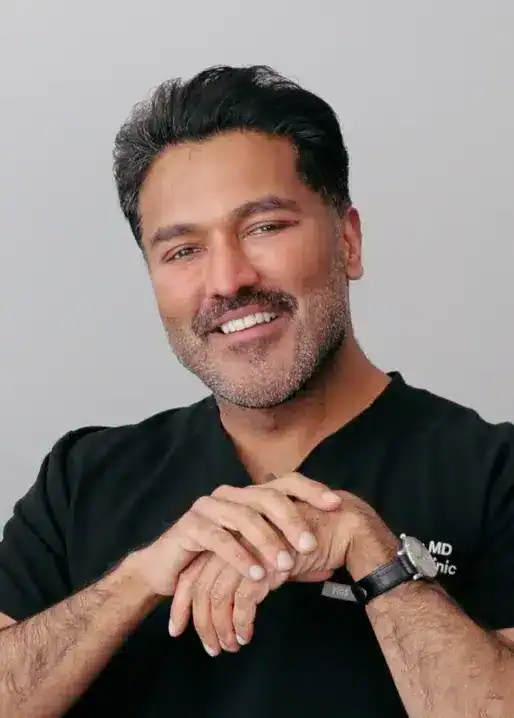
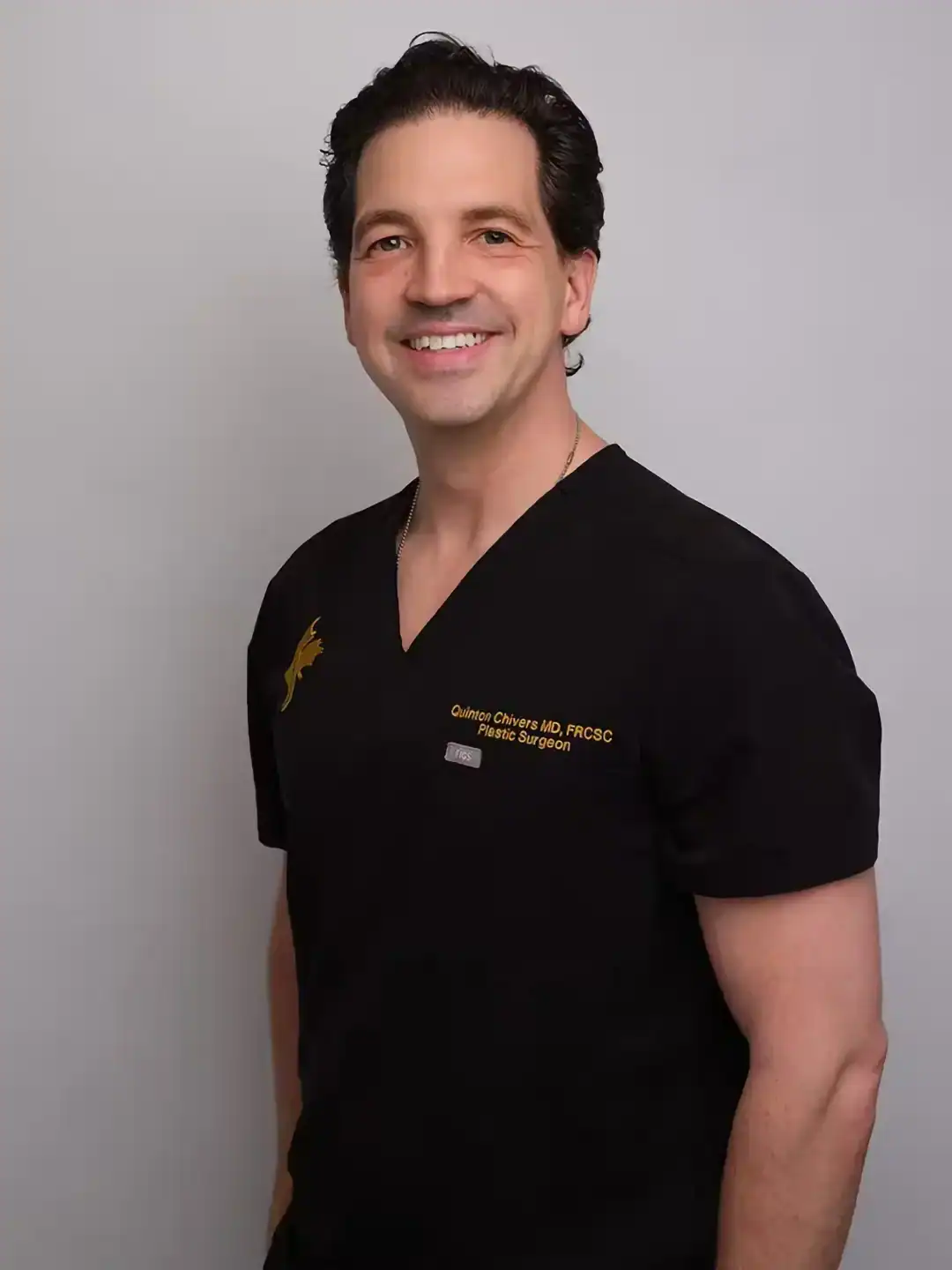
Dr. Anil Sharma is a medical doctor licensed in Alberta, England, and Scotland. He completed his medical training at the University of Glasgow and has performed over 1,000 hair restoration procedures. Dr. Sharma performs critical aspects of each procedure, including recipient site creation, angle determination, and aesthetic design in accordance with ISHRS physician-performed surgery standards. The surgical team comprises experienced technicians and nurses specializing in hair restoration procedures.
Dr. Quinton Chivers is a board-certified plastic and reconstructive surgeon licensed in Canada. He received his medical degree from the University of Calgary, followed by residency training at the University of Manitoba and advanced fellowships in aesthetic surgery and microsurgery at the University of Toronto. Dr. Chivers personally performs all key components of hair restoration surgery, including graft harvesting, recipient site design, and density planning, in accordance with the standards set by the International Society of Hair Restoration Surgery (ISHRS). Graft implantation is carried out under his direct supervision by a trained surgical team.
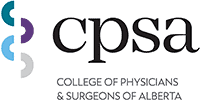

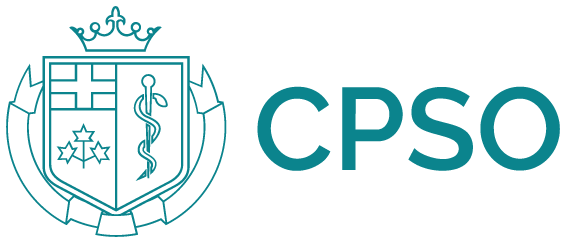


Hair restoration planning at the Canadian Hair Transplant Centre includes:
Note: Surgical candidacy is determined through clinical evaluation. Not all patients are suitable for hair transplant procedures.
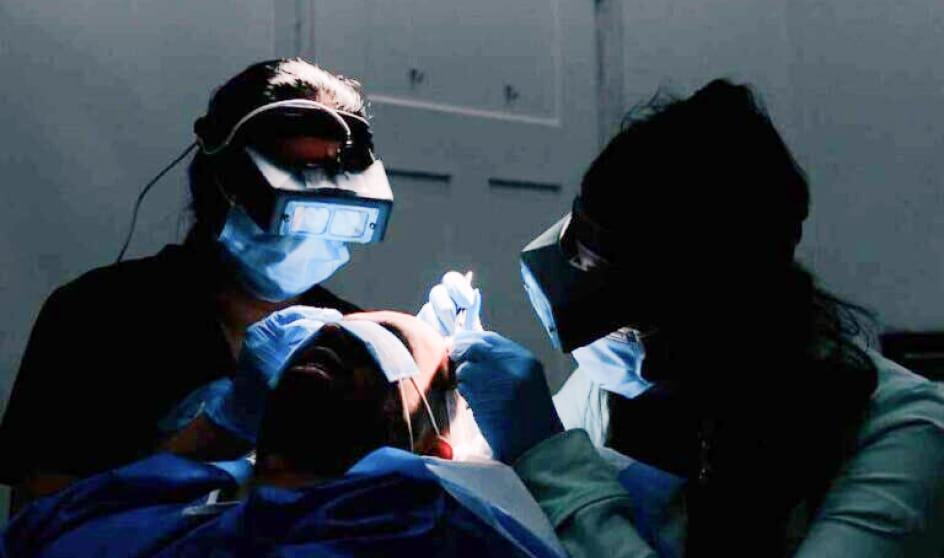
Follicular Unit Extraction is performed under local anesthesia using motorized punch devices calibrated to 0.6-0.8mm. Individual follicular units are extracted from the donor area while preserving surrounding tissue. This technique leaves minimal scarring and allows for shorter hair styles post-operatively. Procedures typically range from 1,000 to 3,000 grafts per session based on donor availability and recipient requirements.
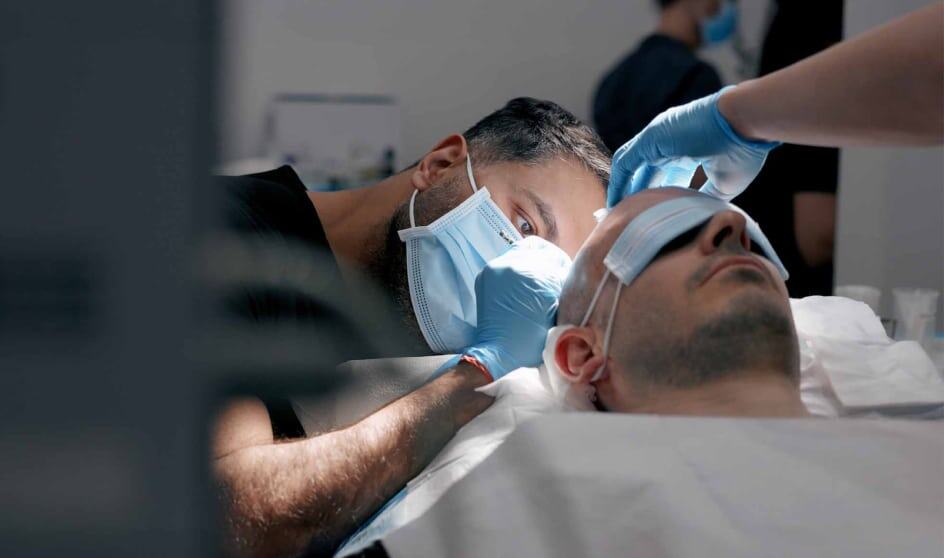
Follicular Unit Transplantation involves removing a strip of tissue from the donor area for microscopic dissection into individual grafts. This method maximizes graft yield from the donor area and is indicated for patients requiring larger sessions or those with limited donor density. Linear closure techniques minimize scar visibility when performed properly.
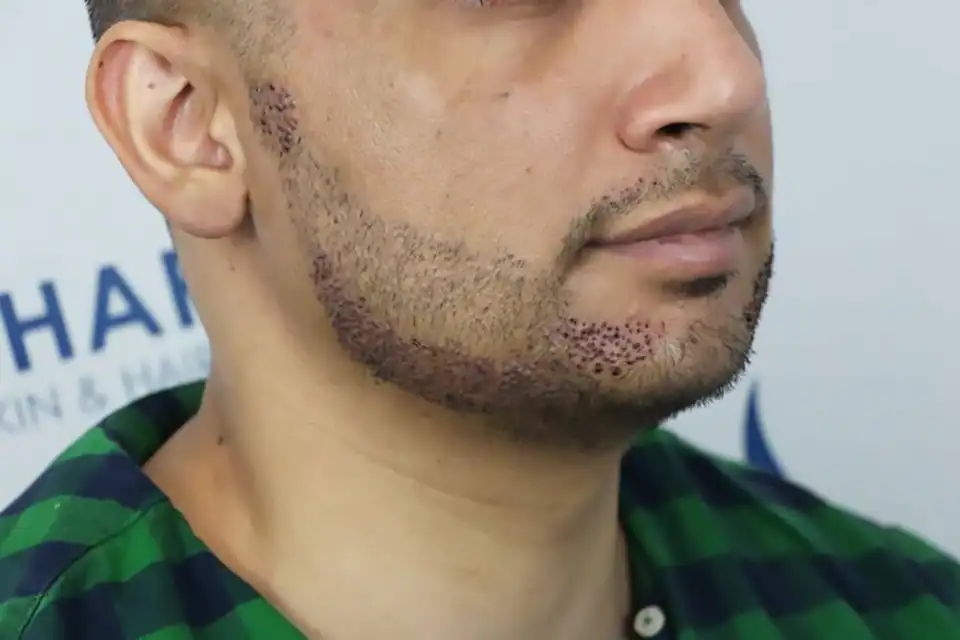
Facial hair restoration requires specialized techniques accounting for unique growth angles and hair characteristics. Single-hair grafts are commonly used in eyebrow reconstruction to achieve a natural appearance. Beard transplantation involves placing 1-2 hair follicular units at acute angles, matching the natural emergence patterns of facial hair. Local anesthesia, including nerve blocks, ensures patient comfort during these procedures.

FDA-approved medications for androgenetic alopecia are available when clinically appropriate. Oral finasteride (1 mg daily) may help stabilize hair loss in male patients. Topical minoxidil (formulations of 2% or 5%) can be prescribed for both male and female pattern hair loss. Medication therapy requires ongoing use and regular monitoring.
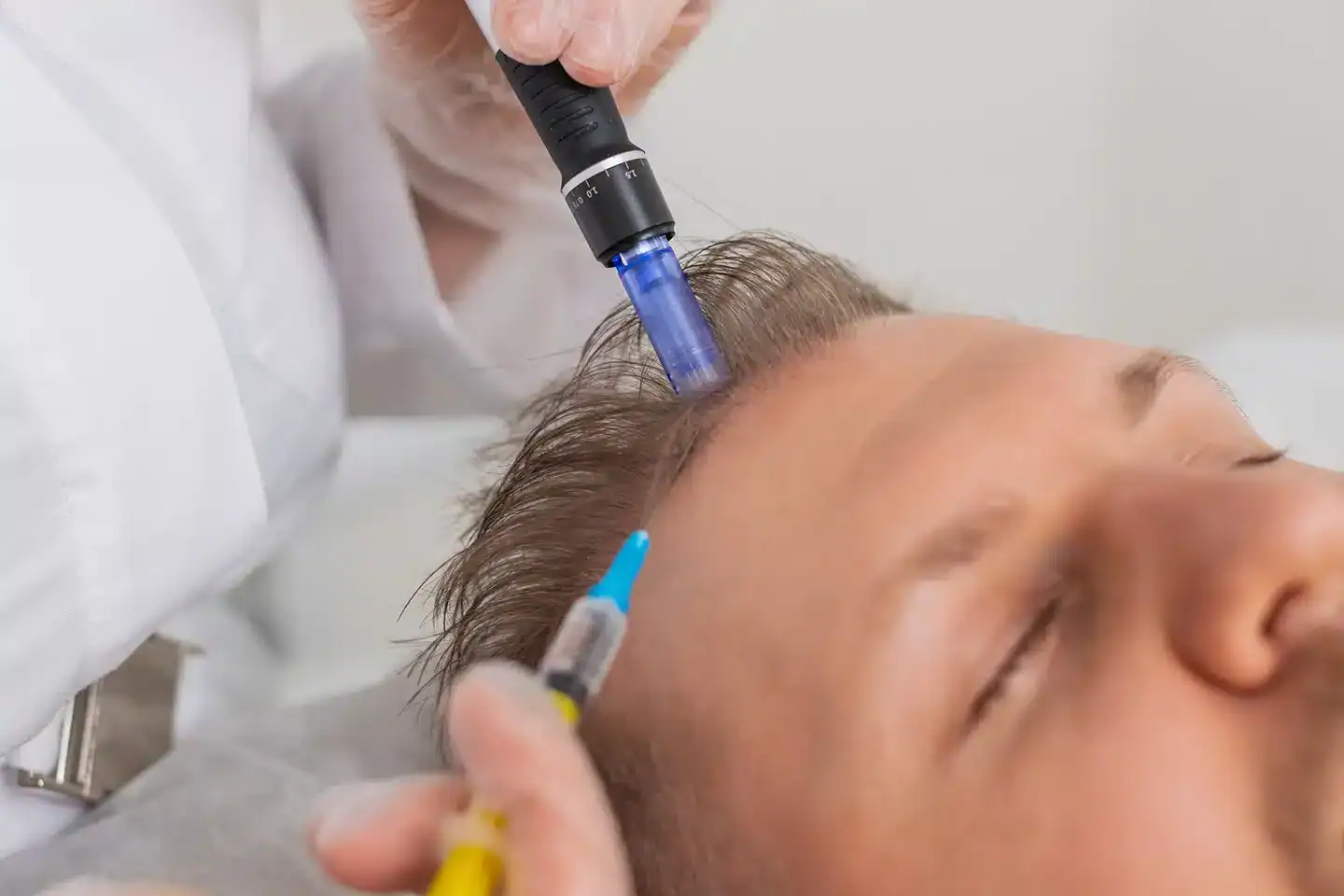
Platelet-rich plasma therapy utilizes growth factors from the patient's own blood to stimulate follicular activity. Microneedling creates controlled micro-injuries to enhance the penetration of treatments. These adjunctive therapies are performed in-clinic by medical professionals. Results vary, and multiple sessions are typically required.
male and female pattern baldness
from trauma or previous surgery
with permanent follicular damage
Our consultations focus on determining surgical candidacy through a comprehensive evaluation of the patient’s medical history and physical examination. The assessment includes scalp examination, donor analysis, and discussion of realistic outcomes based on individual characteristics. Consultations are primarily for patients considering surgical intervention.
Consultation Components
Note: Patients may be advised to consult their primary physician or dermatologist for medical therapy before considering surgery.
Graft viability directly impacts transplant success. The Canadian Hair Transplant Centre adheres to established protocols for tissue preservation during the ex vivo period, which spans from extraction to implantation.
Schedule Your Surgical Consultation
Hair transplant surgery requires careful evaluation and planning. Schedule a consultation to determine if you are a candidate for FUE or FUT procedures. The assessment includes donor evaluation, recipient area analysis, and discussion of realistic outcomes based on your individual characteristics. For medical therapy options, consult with your primary physician or dermatologist.
A hair transplant is a surgical procedure that moves hair from the permanent donor area (back and sides of the scalp) to areas experiencing thinning or baldness on the front, top, or crown. Once transplanted, the hair continues to grow permanently. The Canadian Hair Transplant Centre performs both Follicular Unit Transplantation (FUT) and Follicular Unit Extraction (FUE) based on individual patient needs.